Shimmering shorelines fronting pastel-hued homes, Roman monuments, regal retreats and papal palaces, and medieval towns hemmed by defensive walls set the scene for much of southern France’s splendour and Mediterranean lifestyle.
Most famous for the so-called French Riviera, or Cote d’Azur, for many international visitors, a trip to the south of France is often limited to this gleaming, glitzy coastline between Cassis and Menton on the Italian border. And as dazzling as it may be, it’s only one of many top places to visit in southern France.
Stretching to the Spanish border and inland towards rugged mountains and hilltop villages, southern France – locally known as le Midi – is incredibly varied. From the lavender fields of Provence to the Languedoc vineyards and even ski resorts, you could spend months touring southern France and still have surprises to find just around the corner. Here are some of my favourite places in south France, all along or a short detour from the Mediterranean coast.
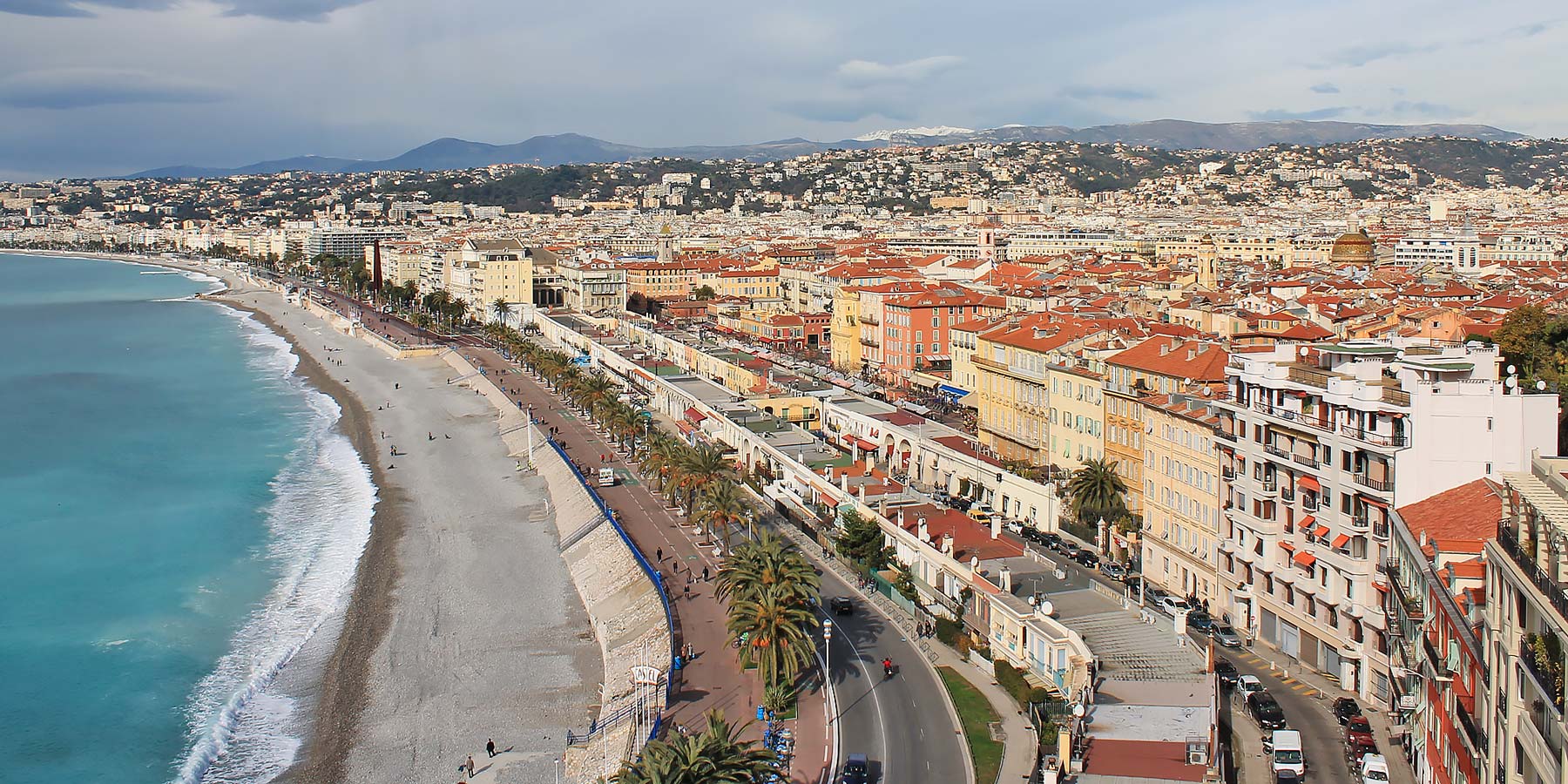

Côte d’Azur
Whether you’re planning an indulgent weekend in the French Riviera or a leisurely road trip along the coast, visiting the Cote d’Azur is one of the top things to do in southern France and, indeed, the entire country. Since the early 20th century, this has been the place to see and be seen in France, with the likes of glitzy Saint-Tropez, cinema-celebrating Cannes, and spotlight-stealing Nice cementing its celebrity credentials. You’re spoilt for choice if you’re after chic beach clubs, a luxury villa rental in the French Riviera, or want to wine and dine at some of the nation’s most esteemed restaurants.
But the Cote d’Azur isn’t all glitz and glamour, as you’ll soon discover on a road (or train) trip along this roughly 260-kilometre stretch of coast. Detour away from the uber-rich enclave of Monaco, one of Europe’s smallest countries, and the famed, arched pebbly beach fronting Nice, to find sensational sandy shorelines backed by more low-key, fish-grilling restaurants, enticing hilltop villages like Èze, and plenty of local life that isn’t linked to splashing all your cash – appreciating the cinematic scenery doesn’t need to cost a penny.
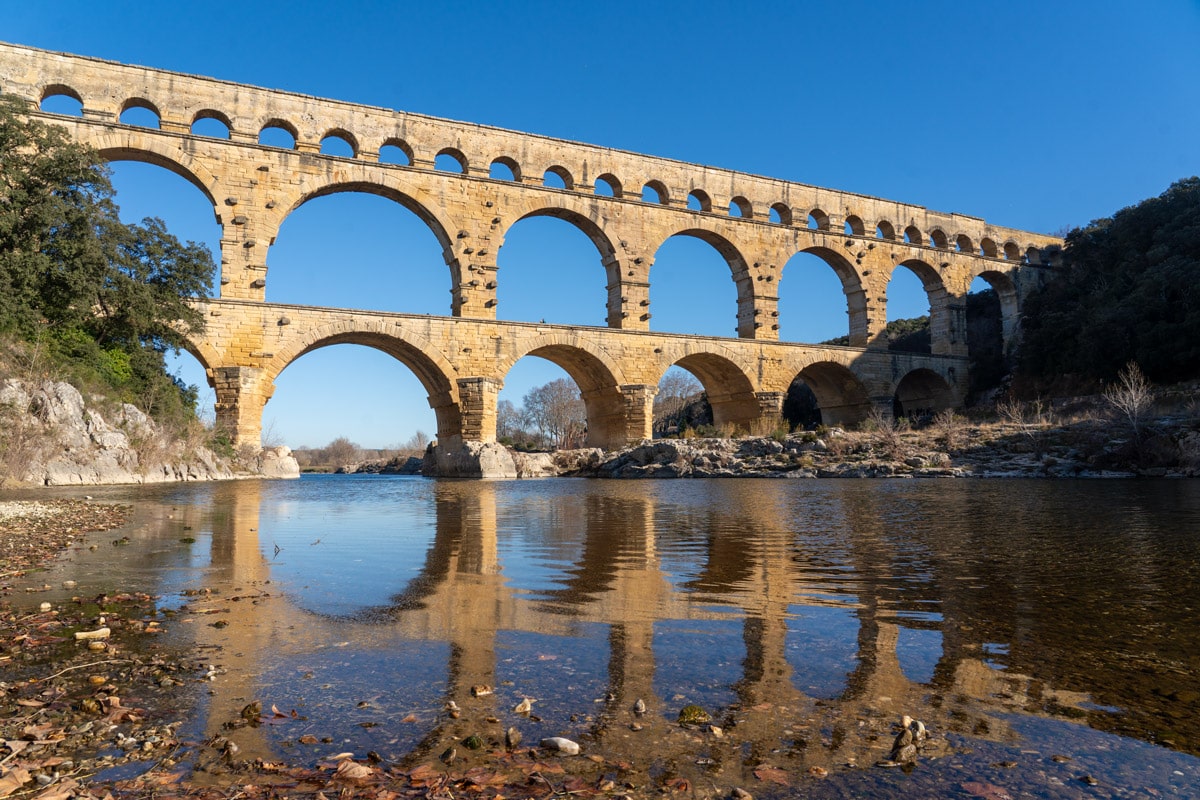

Nîmes and the Pont du Gard
Given my love for all things Italian, Nîmes is unsurprisingly my favourite city in France. From the Maison Carrée and Museum Romanité decked out with archaeological discoveries and well-preserved mosaics to the impressive Arena of Nîmes, constructed in the 1st Century and still used for performances today, the stories of when the Roman Empire controlled this lands still whisper off the stonework. Combine visiting Nîmes with a detour to nearby Pont du Gard, the tallest Roman aqueduct in the world, and UNESCO-listed Arles, another trove of Roman architecture, to understand just how much of a strategic stronghold this part of France was under the reign of Augustus.
Nîmes is a joy for much more than its Roman sites, though. This underrated European city is laid-back, spotless, and incredibly photogenic, with a pretty pedestrianised core, tree-lined boulevards leading to parks where spring sources fed old water temples, and some of the best dining options in the county. If you’re short on time, you could tour Nîmes’ Roman attractions in a whirlwind day, but I promise you, spending at least a night or two here to soak up one of the best places to visit in Southern France is a good time investment.
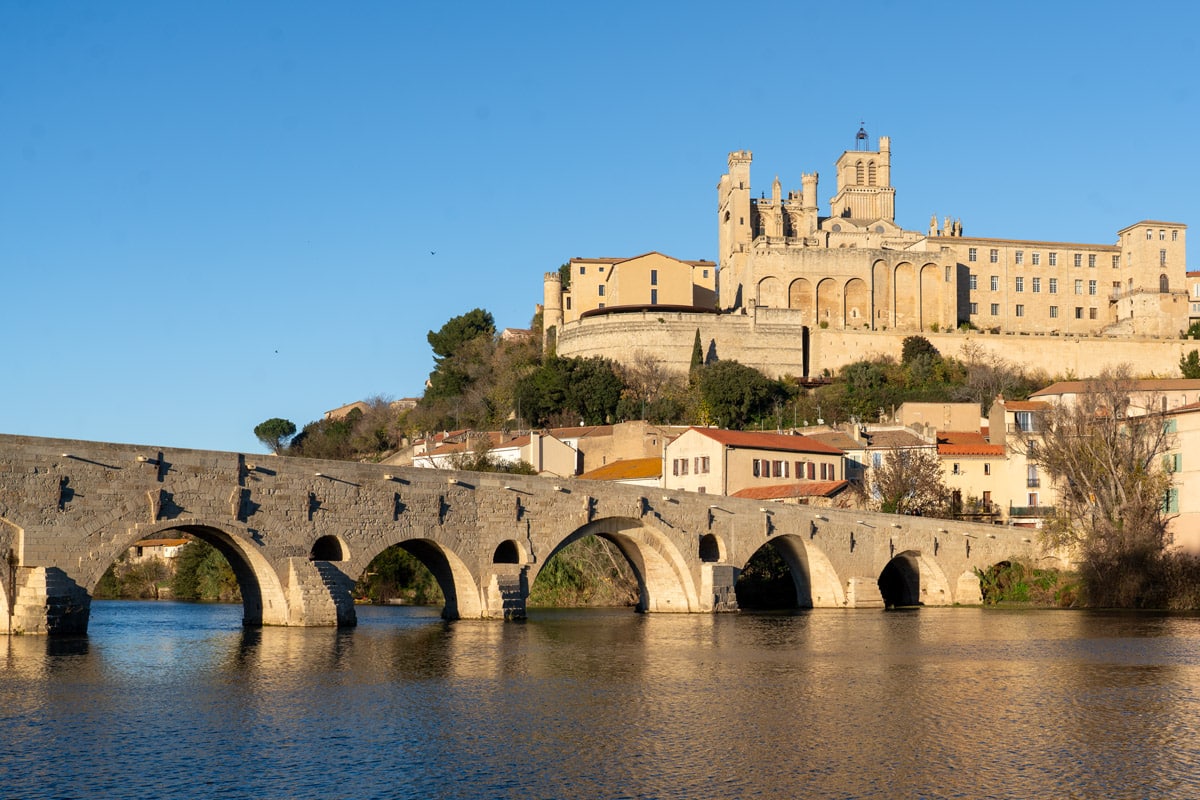

Béziers and Agde
Given their size and proximity, it’s easy to combine Béziers and historical Agde – there’s also a more modern beach resort area a short hop away – into a day trip if you’re short on time. The local train linking these European hidden gems takes less than 10 minutes. Spend the morning exploring Béziers, where you can get an excellent up-close look at the Canal du Midi, another of southern France’s UNESCO World Heritage Sites, either walking along the locks or taking a boat trip. Dominating the panorama is Béziers Cathedral, a hulking 13th-century stone edifice, which surveys the Orb River from high above, the old town hidden just below.
Afterwards, head to Agde, one of France’s oldest towns, where volcanic stone construction, notably the imposing and peculiarly shaped cathedral, provides a stark contrast. One of France’s most fascinating stately homes, the Château Laurens, can also be toured here, having reopened to the public in 2023. Awash with Art Nouveau, it’s quite the sight. Hop on a bus to finish the day with freshly shucked sunset oysters near Cap d’Agde.
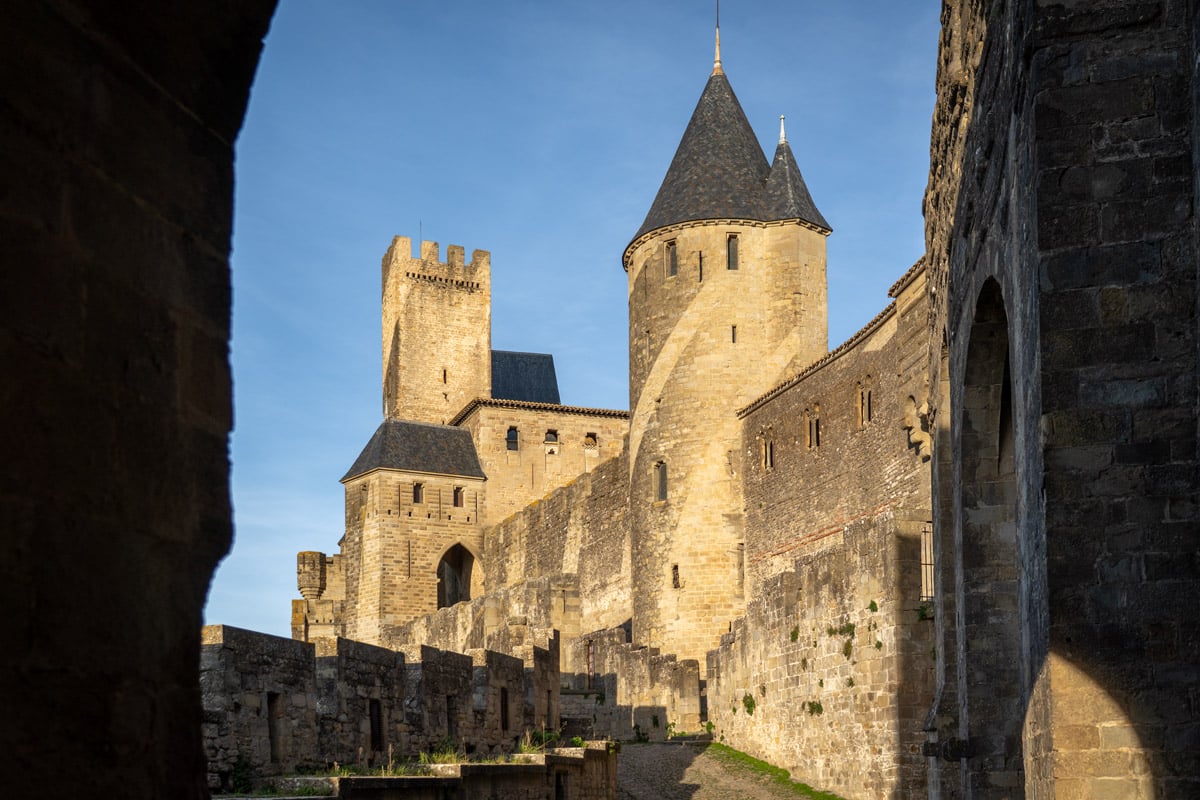

Carcassonne
Few citadels invoke the same level of awe as the old Cité of Carcassonne, making a visit to this medieval, fortified UNESCO World Heritage city one of the top things to do in France. Easily accessible by train from Toulouse or the south coast, it’s one of southern France’s most popular day trips. However, stay overnight, or at least until many day visitors have gone, and you’ll encounter a much more hushed and magical experience.
Thanks to extensive renovation works in the late 19th century and more recently, the Cité of Carcassonne’s 13th-century ramparts are now entirely walkable again, meaning (for a fee) you can circle the whole citadel with an aerial view. Once inside the web of medieval streets, which are admittedly pretty touristy these days, you’ll find medieval museums and souvenir shops, restaurants dishing up the regional speciality, cassoulet, a meaty bean stew. For the best views of the walls, walk into the hills beyond, passing vineyards en route.
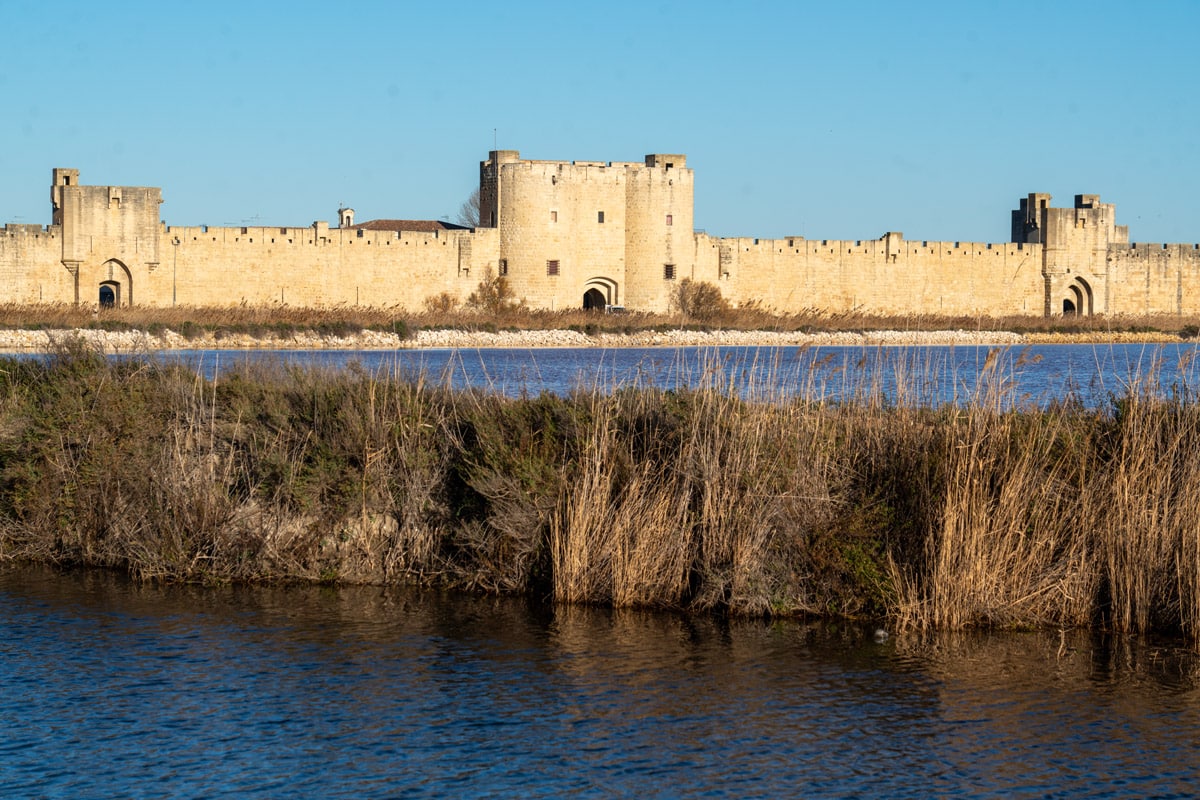

Aigues-Mortes and the Camargue
Protected, peaceful, and layered with local culture, the coastal Camargue region is one of southern France’s best places to visit. Salt flats, marshes and wetlands define the landscape, which is frequented by flamingos, home to beautiful white horses, and roamed by bulls. Whether you’re a birdwatcher, looking to retreat into nature for a few days, or keen to learn more about local traditions and ingredients, such as salt harvesting, rice farming, or horseback riding, the Camargue is always a good idea.
The medieval town of Aigues-Mortes, literally translated as “dead waters” due to the marshlands and salt flats surrounding it, acts as the de facto gateway to it all. Wrapped entirely in towering, defensive walls dating from the 13th century, entering one of the town’s gates feels like a doorway to another time. You amble between narrow, mainly pedestrianised streets towards restaurants serving local bull and rice specialities before exiting the other side to see the salt flats and lagoon beyond.
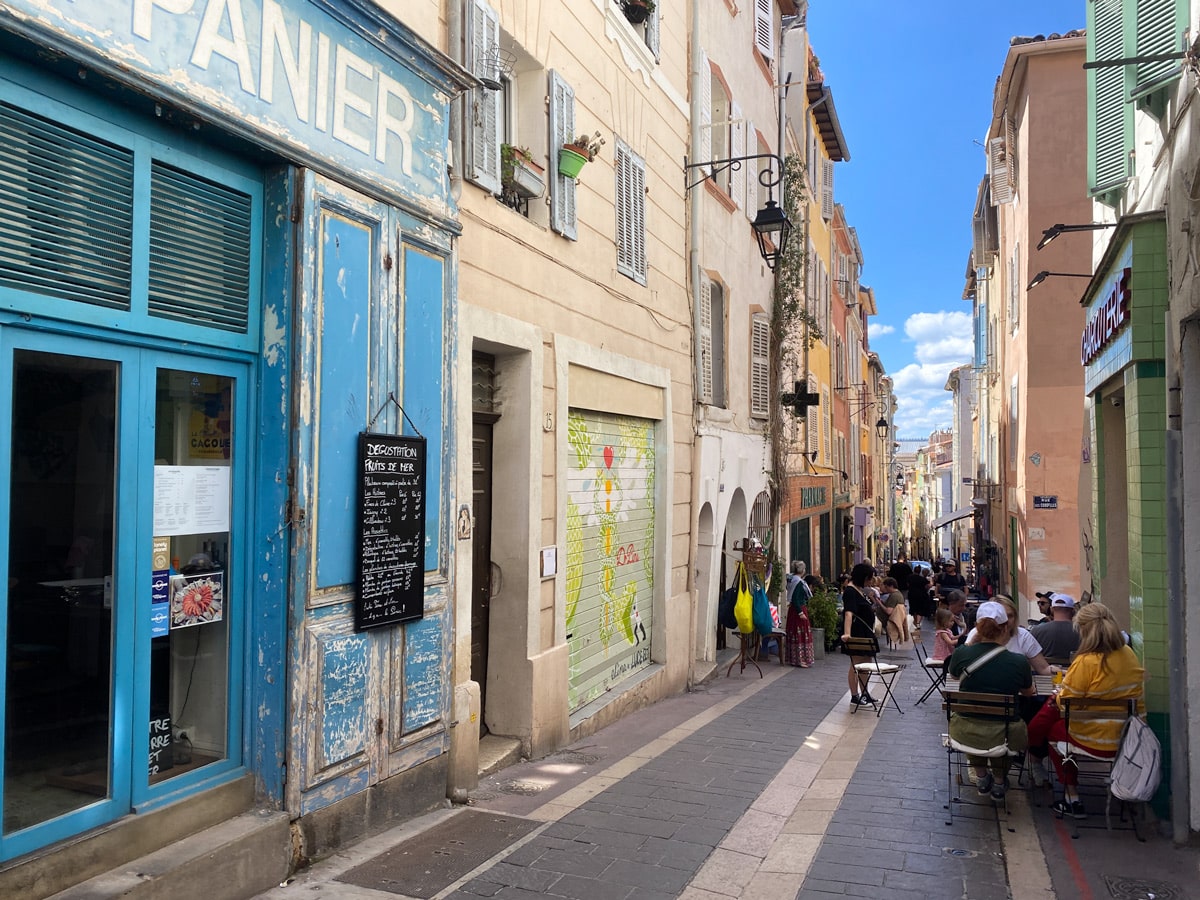

Marseille
France’s second city and the country’s largest port has evolved significantly in the previous decades, particularly since being designated 2013’s European Capital of Culture and now Marseille affords a much more energetic, eclectic and, yes, sometimes gritty, French city break, especially when compared to the glitzy boltholes of the Cote d’Azur.
Sure, it can still be a little rough around the edges, but, for the most part, as a visitor cooing over the Vieux Port, or Old Port of Marseille, schlepping up hills to admire the architecture and panoramas of the Basilica and Cathedral, or ambling around the pretty side streets of the Le Panier neighbourhood, Marseille’s former reputation will make little sense. Marseille is arguably the best city in southern France to soak up the Mediterranean lifestyle while still feeling big-time metropolis vibes.








